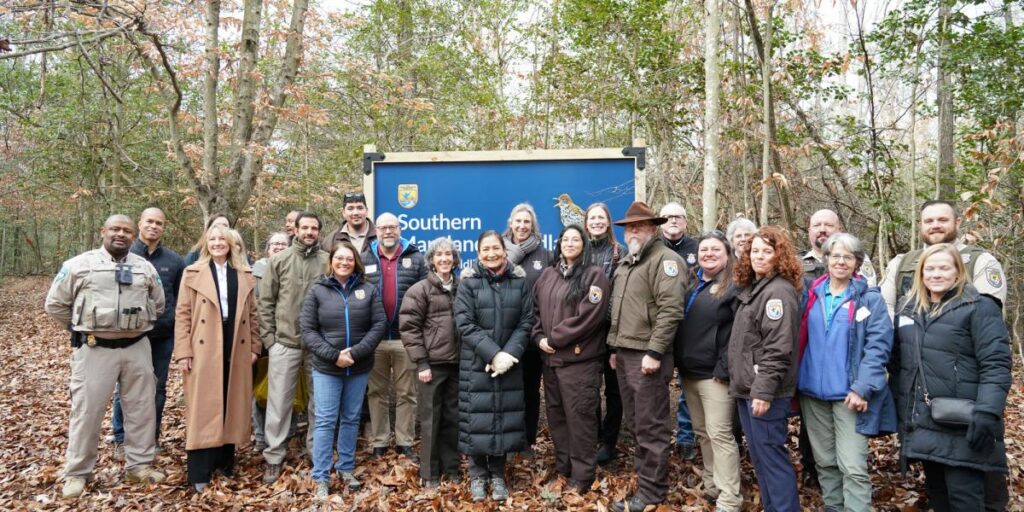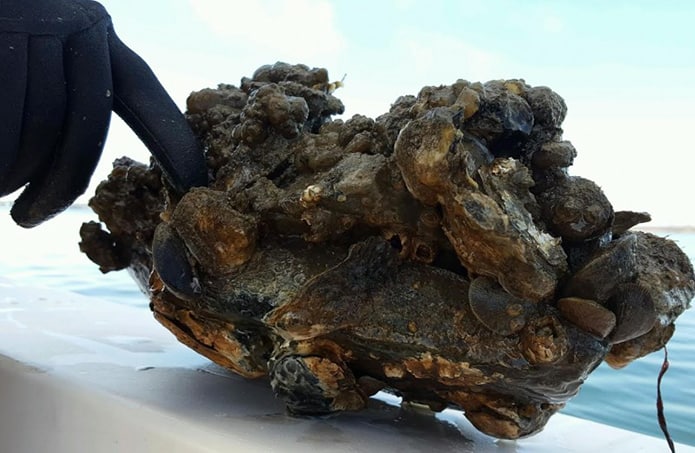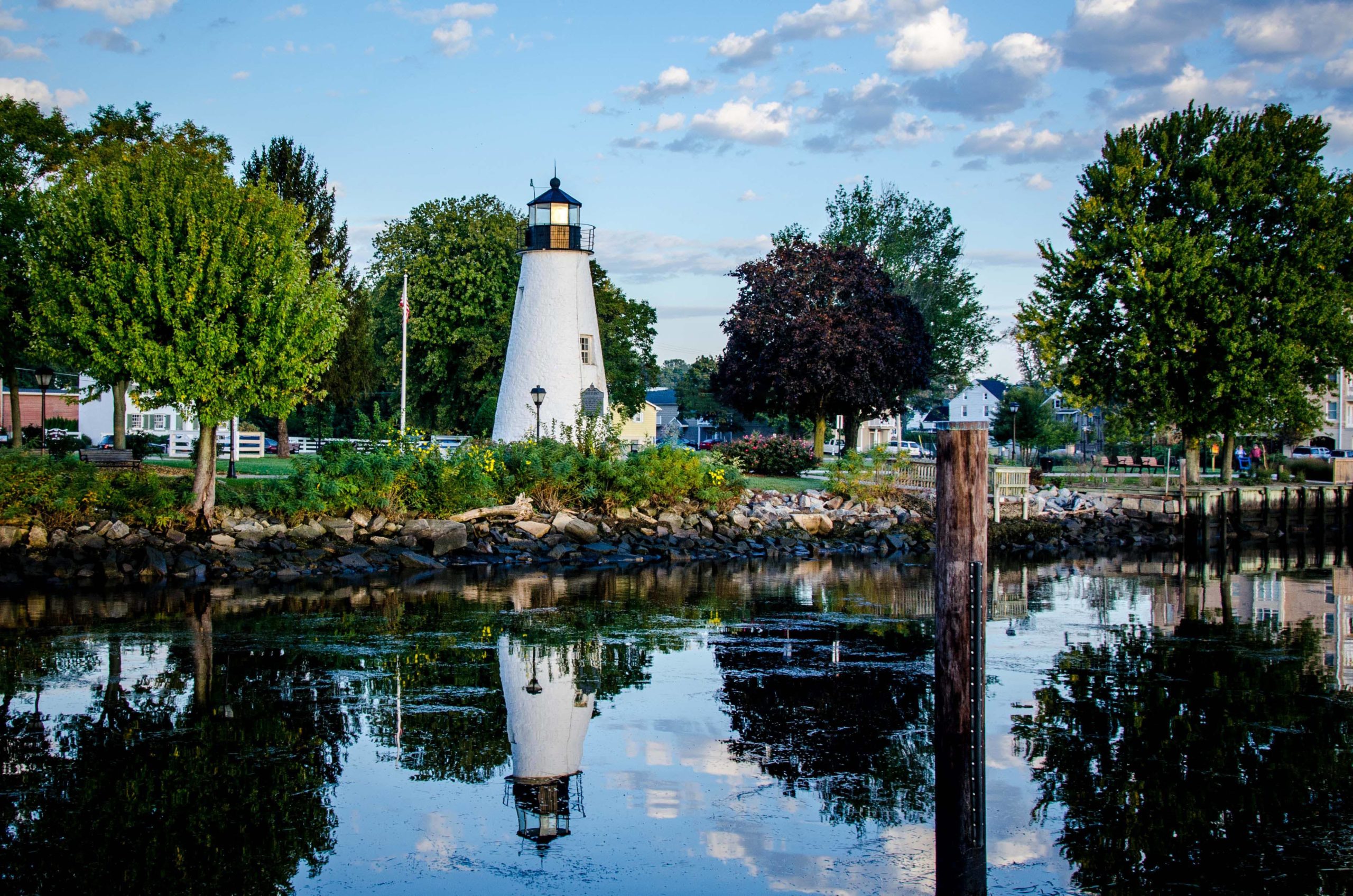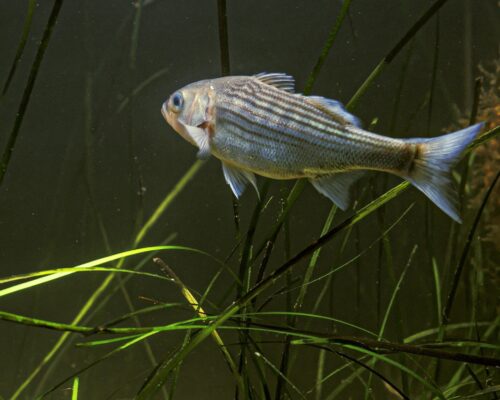It’s official: Southern Maryland has its own national wildlife refuge. On Friday, the U.S. Fish and Wildlife Service (USFWS) and Department of the Interior Secretary Deb Haaland celebrated the first 31 acres of woods, donated by the Nature Conservancy near Nanjemoy in Charles County, that will eventually make up a much larger refuge.
Over the next few months, The Nature Conservancy intends to make several land donations, permanently protecting more than 300 acres of forest and wetlands habitat. The area, known as Southern Maryland Woodlands National Wildlife Refuge (NWR), supports delicate species like northern long-eared bats, forest-interior songbirds, box turtles and several species of salamanders.
“Today’s announcement is a great example of the collaborative conservation that happens when longstanding partners work together in support of community-led priorities to conserve and restore important landscapes,” said USFWS Director Martha Williams. “Thanks to these relationships, the Southern Maryland Woodlands National Wildlife Refuge will help support the region’s outdoor economy, protect and restore threatened and endangered species, and sustain recreational opportunities for generations to come.”
USFWS worked closely with the Southern Maryland Conservation Alliance to gather land for the new refuge and set priorities for habitat management in the final Land Protection Plan. Several partners worked together to achieve the habitat protection.
“Chesapeake Conservancy is proud to be a contributing partner in the creation of the Southern Maryland Woodlands National Wildlife Refuge. Nearly 15 years in the making, this is the first national wildlife refuge established in the Chesapeake Bay watershed in more than 25 years and the first in Maryland in over 60 years,” said Joel Dunn, Chesapeake Conservancy President and CEO.
Conservationists estimate that more than half of Maryland’s forests and wetlands have been lost to development—with more than 1 million acres of the state developed since 1973.
“This is one of the most pristine landscapes in the Chesapeake Bay watershed’s western shore, and it faces many threats,” Dunn said. “Our forests continue to be converted at a rate of about 54 acres a day, and more than 6 million acres of the forest and wetland resources in our watershed remain vulnerable to development. We are losing our iconic landscapes.”
With the region’s population projected to hit 20 million people in the next decade, the partners in this effort are determined to protect fish and wildlife from significant habitat loss.

The Southern Maryland Woodlands NWR will also encourage outdoorsy recreation activities like hunting, fishing, wildlife photography, bird watching, and environmental education. Maryland has seen great interest from hikers, anglers, wildlife enthusiasts at its existing national wildlife refuges, which include Susquehanna (Harford County), Blackwater (Dorchester County), Eastern Neck (Kent County), Patuxent Research Refuge (Anne Arundel County). Another refuge, Martin, is made up of wetlands in Smith Island. It is closed to the public to protect the wetlands, but can be observed by boat.
Virginia boasts its own list of Bay watershed national wildlife refuges, to include the Great Dismal Swamp, Nansemond, Mackay Island (spanning North Carolina and part of Virginia Beach), Rappahannock River Valley, Fisherman Island, Wallops Island, Featherstone Occoquan Bay, Plum Tree, Presquile, Mason Neck, Back Bay, Chincoteague, and Eastern Shore of Virginia.
In the push to preserve more lands for fish and wildlife habitat, USFWS will continue to work with partners and willing sellers. Their goal is to voluntarily conserve up to 40,000 acres in the watershed areas of Anne Arundel, Prince George’s, Calvert, Charles and St. Mary’s counties. Along with the important species who rely on the Southern Maryland Woodlands NWR, these areas also support waterfowl and other birds, the dwarf wedgemussel, Atlantic and shortnose sturgeon, and two species of tiger beetles.
To learn more about the Bay’s national wildlife refuges, click here.




